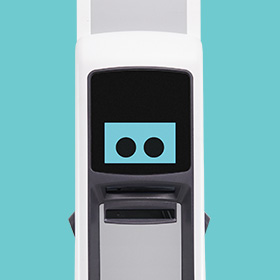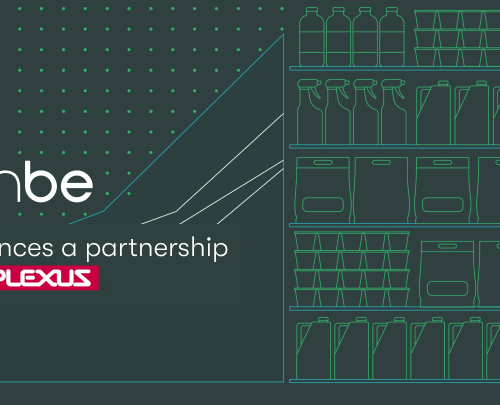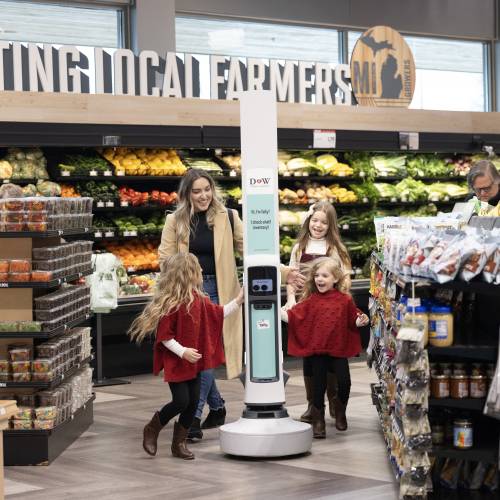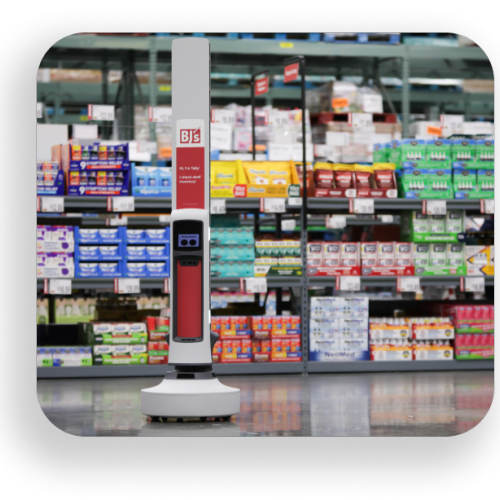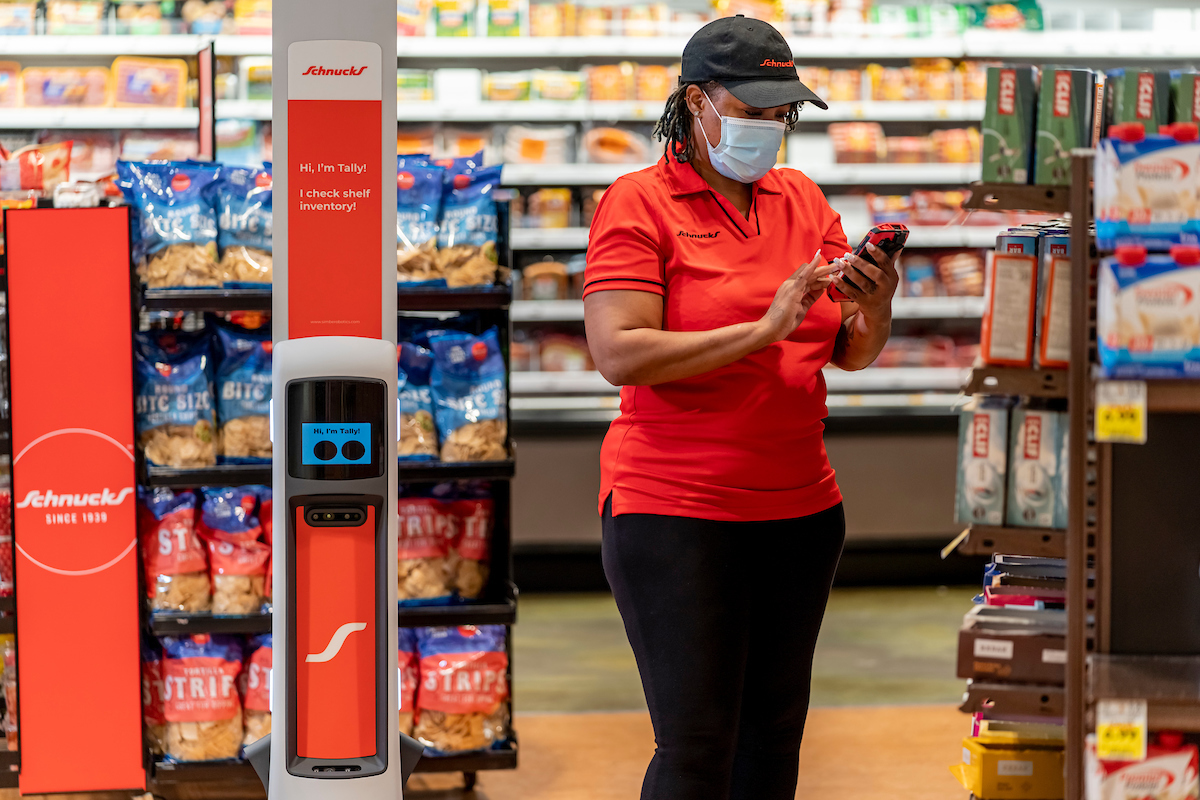
The Retail Workforce is Changing. Here’s how Retailers can Prepare.
The retail landscape has shifted dramatically and at lightspeed over the last three years. Since 2020, millions of workers have left their jobs, creating a hole in the labor pool that retailers are now struggling to fill. Age-old processes have – and need to be – thrown out the window to keep pace with the changing customer needs, industry standards, and challenges. Unsurprisingly, retailers are introducing new protocols and initiatives to both recruit and retain employees.
Simbe’s Tally is one such solution. It owns the rote, mundane task of inventory management and collects real-time, high fidelity data up to four times a day into product availability, location, and pricing. If Tally detects a problem with shelf inventory, the issue is communicated to store teams, providing them with a list of items to fix. Because of this, Tally frees up anywhere from 30 to 100 hours a week for employees to optimize their time. With thoughtful autonomous solutions like Tally, store teams can shift their focus from finding problems in stores to solving problems in stores – drastically up-leveling their day-to-day operations and overall satisfaction in their jobs.
Retailers are leaning on automation as a tool to empower their employees and improve their work, and Tally is one of a multitude of automation solutions that are contributing to the emergence of a tech-savvy retail workforce. Here are some additional steps that retailers can take to ease this transition to the new workforce, empower employees with the tools they need to succeed, and ensure their employees are being supported with the adoption of this technology.
- Bring Education and Certifications to the forefront
In the same way that companies offer training and modules for skills like digital marketing and coding, retailers and solution providers can develop educational training programs to teach employees how to leverage and deploy automation solutions. From the ins and outs of inventory management to best practices for integrating new technology into IT infrastructure, these programs would educate employees on the latest technological advancements and teach critical new skills.
Furthermore, these programs could offer certifications so employees can demonstrate that they are proficient inthe operations, reporting and protocols – similar to the way LinkedIn offers training certifications. As employees grow into new roles or transition to another company, this can ensure they feel supported in their current roles and future professional development.
- Provide employees more facetime and mentorship
With more and more retailers deploying a variety of technical solutions, retailers are seeing the growing emergence of a new store team role: robotics managers, data scientists, and AI technologists. As retailers have access to an unprecedented level of insights and technological innovation, this role ensures that all of the different technological pieces are seamlessly integrated into operations.
Retailers are eradicating the distinction between the corporate and store employee, and this changing dynamic is creating new opportunities to foster collaboration and mentorship. If certain employees show a heightened interest in certain technological programs, retailers can facilitate mentorship opportunities so store employees can spend time with these data scientists and robotics managers, enabling them to learn about other job opportunities and technological advances.
- Enable employees more flexibility in their work
As retailers brainstorm how to empower employees with the tools they need to succeed, they cannot neglect one of their employee’s greatest assets: their time. The great resignation has further highlighted the importance of flexibility and ensuring that store teams use their time wisely.
Some employers are moving away from the traditional part-time/full-time setup toward a contractor model. Gig worker platforms Hyer and Movista have both witnessed an increasing demand from retailers to employ gig workers, with Hyer sharing that around 70% of the 200,000 gig workers contracted through the app are in the retail industry. And when Whole Foods announced it would be shifting its grocery-picking roles from a contractor to an employee position, the retailer received some backlash from some employees who wanted to maintain the flexibility of their role.
These changes are occurring swiftly, but with the right plan in place, retailers can be set up for success in the long run. A strong workforce is the glue to all aspects of grocery operations, and by taking steps that improve the employee experience, grocers can ensure that they can continue to operate with excellent customer service, product availability, and convenience that consumer’s desire.
